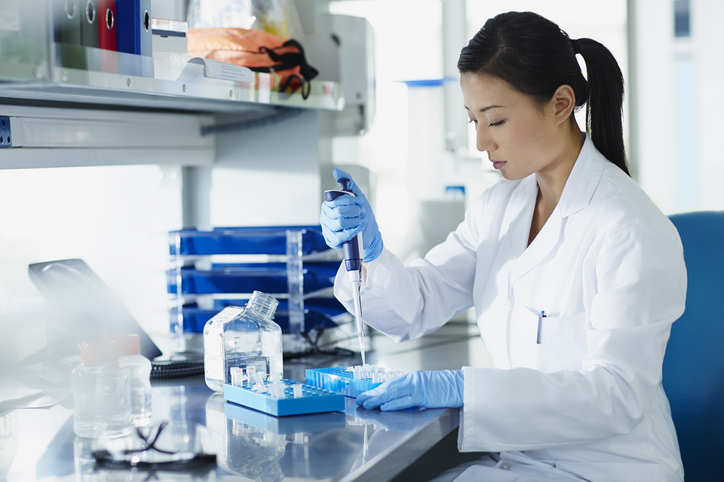
It’s getting more expensive to build labs and construction has fallen compared to peak activity during the pandemic. But there’s still plenty of lab space to go around, leaving building owners scrambling to try to fill it, according to findings in a new report this week from commercial real estate and investment firm CBRE.
The pandemic led to a boom in lab construction activity, feeding off of the surge of investments made in life science startups. Much but not all of the activity was related to Covid-19 drug and vaccine R&D. In the top 13 U.S. life science markets analyzed in the report, CBRE found that activity peaked at nearly 40 million square feet under construction in the second quarter of 2023.
Circumstances are different now. The end of the pandemic led to a slowdown in activity. Meanwhile, lab-construction costs are up by at least 20%, which CBRE attributes to inflation, rising costs of materials, and longer lead times for certain specialty equipment. CBRE predicts in-progress lab construction will decline to pre-pandemic levels by 2026.
The top three life sciences markets — Boston-Cambridge, San Francisco Bay Area, and San Diego — have the most oversupply of lab space. Vacancies hit a record high in those markets in the second quarter of this year. CBRE said these three top markets will need several years to absorb the oversupply of lab space.
The Bay Area has been hit hardest by negative net absorption, meaning more lab space is becoming vacant than is being leased. Over the last 12 months, negative net absorption in this market reached nearly 2 million square feet. However, CBRE notes that the Bay Area has the benefit of being able to market vacant lab space to other industries, such as cleantech.
Across all of the markets analyzed, conversions of labs to other uses, mostly office space, has declined, the report says. As a percentage of square feet under construction, these conversions declined to 20% in the second quarter of 2024, down from a peak of 35% in early 2022. CBRE says conversion activity fell off as businesses found more options with new, unleased space coming online. Meanwhile, San Diego and New Jersey posted the greatest percentage increases in the amount of supply under construction over the past five years. But CBRE said construction is still low enough in these markets to avoid causing oversupply concerns.
The CBRE report also notes a rise in tenant-improvement allowances, which is money that building owners provide to tenants to build out and customize the interior of the leased space. In the top eight markets, CBRE said these allowances have increased by an average of 38% since 2021. These allowances typically increase when building owners face more competition to sign tenants, CBRE said. Fit-out costs, expenses for designing and constructing a space to fit a particular need, are rising. Highly specialized spaces such as vivariums and clean rooms cost more to build. Some of that higher cost comes from specialty equipment, which carries prices 30% to 50% higher than pre-pandemic levels, the report says.
“Lab landlords are returning to the pre-2021 approach to development, reflecting the realization that the temporary peak was an aberration, not a new normal,” Matt Gardner, CBRE Americas life sciences leader, said in a prepared statement. “We continue to see the higher costs of fit out that reflect the highly specialized nature of life sciences space.”
Photo: Morsa Images, Getty Images






